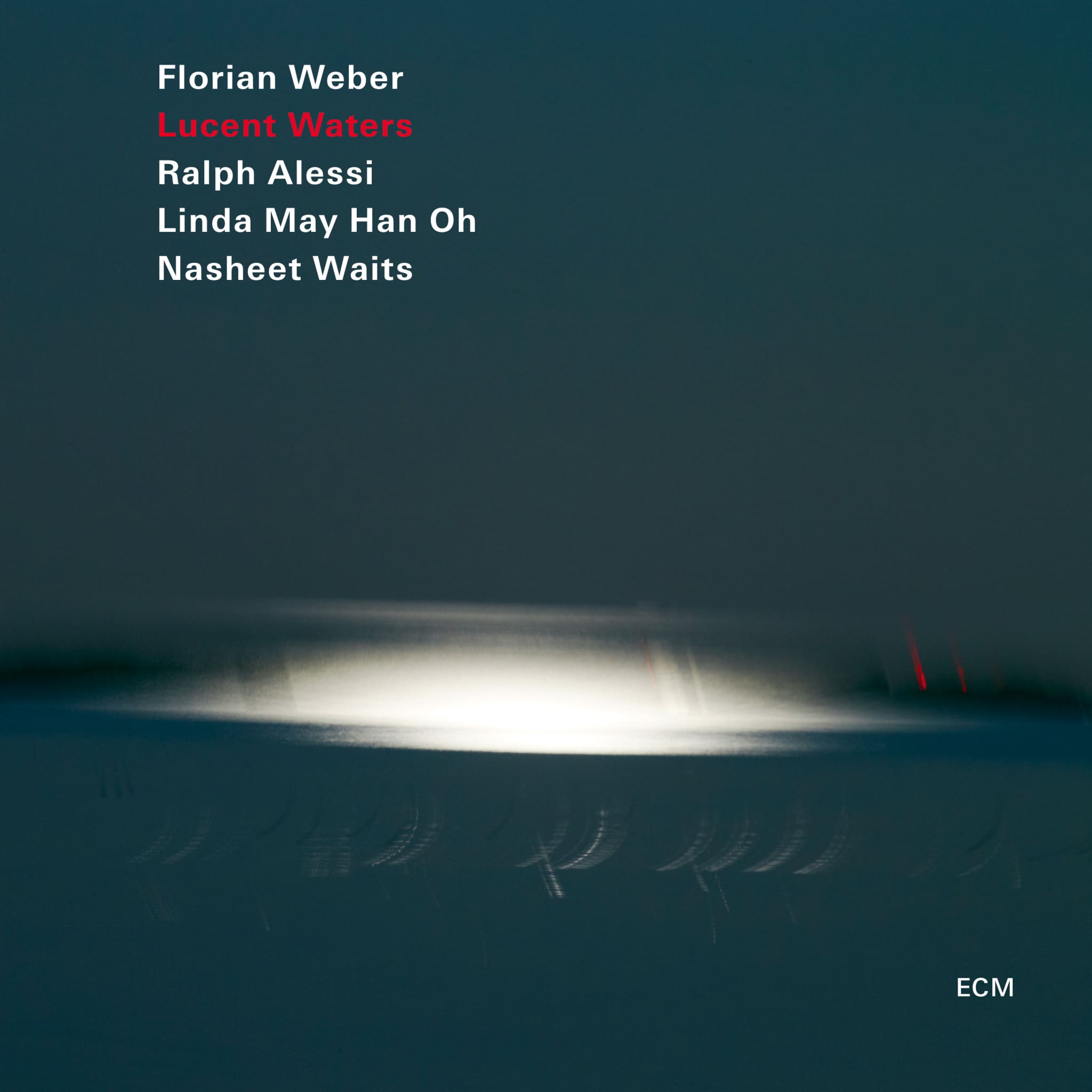Album insights
Gustav Mahler's approach to the art form of the song differed notably from that of other composers. He composed few songs, with only a handful, specifically those published in 1892 as Songs and Airs for One Voice with Piano, and the first version of Songs of a Wayfarer, intended for voice and piano. His subsequent song collections— including the twelve songs in Des Knaben Wunderhorn, Kindertotenlieder, and Rückert-Lieder— were directly orchestrated for the orchestra. Interestingly, Mahler's Rückert-Lieder seemed to serve a dual purpose, as they could be performed both with piano and orchestra. Notably, Liebst du um Schönheit from the Rückert cycle is a piano song, composed as a special gift for his wife Alma, distinct from the other orchestrated pieces.
Mahler's relationship with the song form was pivotal to his development as a symphonic composer, drawing extensively from songs like Des Knaben Wunderhorn and Songs of a Wayfarer. After the Fourth Symphony, Mahler shifted his attention to the poetry of Friedrich Rückert, which provided a rich source of symphonic material beyond the song cycles.
Pianists tackling Mahler's songs must acknowledge that although written for piano, they were conceptually structured following orchestral guidelines. This orchestral approach in song composition is not uncommon, as the piano evolved alongside the development of the song form, capable of evoking orchestral textures. Understanding Mahler's orchestral palette can aid in translating it to the piano, capturing nuances like the shimmering violins in Ich atmet' einen linden Duft or the nightingale's call in Um Mitternacht.
Performances of Mahler's songs with piano may lack the orchestral colors familiar in orchestra renditions, but they offer greater intimacy, allowing for delicate expressions in the lyrics and music that sometimes get lost in larger orchestral settings.
The selection of songs from 1892 reflects Mahler's early influences from Des Knaben Wunderhorn, characterizing his music with folkloric and outdoor themes. These piano-accompanied songs showcase Mahler's early style, hinting at future developments in his symphonic works.
In the cycle Songs of a Wayfarer, Mahler's self-penned texts echo the style of Wunderhorn poems, conveying tales of unrequited love and peace amid rustic imagery.
Mahler's orchestration of Rückert's poems revealed his deep personal connection with the texts, exemplified by poignant songs like Ich bin der Welt abhanden gekommen. These compositions rendered intimate emotions with remarkable sensitivity and detail, showing a profound artistic alignment with Rückert's refined literary style.
The chronology of Mahler's compositions, be it from Songs of a Wayfarer to Kindertotenlieder, reflects a tonal unity, mirroring emotional shifts within the poems. The Kindertotenlieder are often associated with Mahler's foreboding of his daughter's tragic death, capturing themes of light and darkness, sorrow and hope in poignant musical expressions.
The exploration of the Child's Death Songs resonates with Mahler's personal encounters with childhood mortality, shaping his compositions with vivid imagery and emotional contrasts.
In essence, Mahler's musical journey through various song cycles reveals his profound connection to poetry, his orchestral inclinations, and his evolution as a symphonic composer encapsulating intimate and profound emotions in his works.


